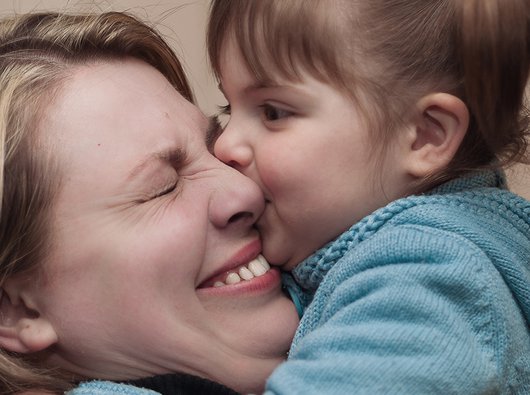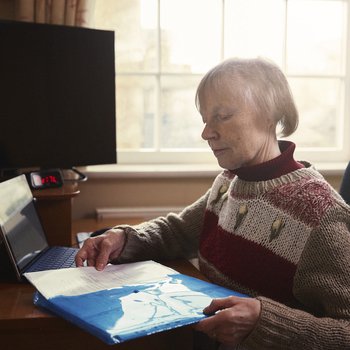Childhood acute myeloid leukaemia (AML)
Childhood acute myeloid leukaemia (AML) is a rare type of childhood leukaemia. Each year around 100 children and young adults under 19 years old are diagnosed with AML in the UK.

Acute myeloid leukaemia (AML) is a type of cancer that affects blood-producing myeloid cells in the bone marrow (the spongy material inside some of our bones). ‘Acute’ means it develops quickly. ‘Myeloid’ refers to myeloid blasts, the type of blood cell affected by the leukaemia.
All types of blood cells (white blood cells, red blood cells and platelets) are produced by blood stem cells in the bone marrow. Usually, the stem cells make as many blood cells as we need to stay healthy.
In AML, this system goes wrong. The stem cells start to produce too many blood cells, too quickly. These blood cells (known as myeloid blasts, or just blast cells) multiply too fast and don’t develop properly. Because they aren’t fully developed, they can’t do the job they were made for and they don’t die when they should.
The abnormal blast cells (leukaemia cells) overcrowd the bone marrow and spill out into the bloodstream. They can be carried in the blood to other areas of the body where they stop other cells working properly.
AML usually affects older adults but children and young adults can also get it. In the UK, about 100 children a year are diagnosed with AML.
We also produce information about AML in adults.
Leukaemia (also spelled leukemia) is the name for a group of blood cancers that affect blood cells in your bone marrow – usually white blood cells. Leukaemia mostly affects adults but it can also happen in children.
There are different types of leukaemia. Some types are slow-growing (chronic) and some are fast-growing (acute).
Leukaemia in children is almost always acute. There are different types which affect different blood cells, and each type needs different treatment.
Leukaemia is the most common cancer in children under 15. Over 650 children and young adults are diagnosed with leukaemia every year in the UK.
We don’t know what causes childhood AML. We do know that changes happen in the genes of cells in the bone marrow.
Genes are a set of instructions that tell individual cells how to behave, and errors in these instructions mean cells can’t function properly.
There are some things that make it more likely to develop AML, such as age – AML is rare but seen slightly more often in children under four. Children with Down’s syndrome are also more likely to develop a particular type of AML.
There’s nothing you could have done to stop your child developing AML. It’s not possible to ‘catch’ AML from someone else and it isn’t passed from parent to child.
Symptoms can be hard to spot as they’re similar to the symptoms of other more common illnesses. They can include:
- anaemia (a lack of red blood cells), which can cause constant tiredness, breathlessness, dizziness, paleness
- unexplained bruising and/or unusual bleeding
- frequent infections.
There are other symptoms too – read more about childhood AML symptoms.
If your doctor suspects your child has AML, they'll run a series of tests to help them diagnose it.
Some tests will be repeated on a regular basis to help doctors monitor the disease, the effect of treatment and your child’s general health.
Supporting someone with blood cancer
If your child has leukaemia, you'll want to support them as best you can. Get practical and emotional help to support a loved one with blood cancer.

Childhood AML treatment
AML is treated with chemotherapy (anti-cancer drugs). The particular treatment your child has will depend on their individual condition and general health. Many cancer drugs cause unwanted effects (side effects) because they damage normal cells as well as killing cancer cells.
Treatment begins very soon after diagnosis and takes around five to six months, or sometimes longer.
Because cancer is so rare in children, many children in the UK who are diagnosed with cancer are treated through a clinical trial, where treatment options are compared to see which brings the best results.
AML is a life-threatening illness but the chance of long-term survival for children and young adults with AML has improved in recent years. Most respond well to treatment.
Not everyone wants information about their child’s prognosis. If you don’t want to talk about it, tell your child’s healthcare team - you can change your mind at any time.
Read more about prognosis and childhood AML.
Tackling childhood leukaemia is where we have some of our biggest research breakthroughs.

Information for young adults
Young adults with blood cancer share tips and advice on side effects, friendships, work, study and lots more.



